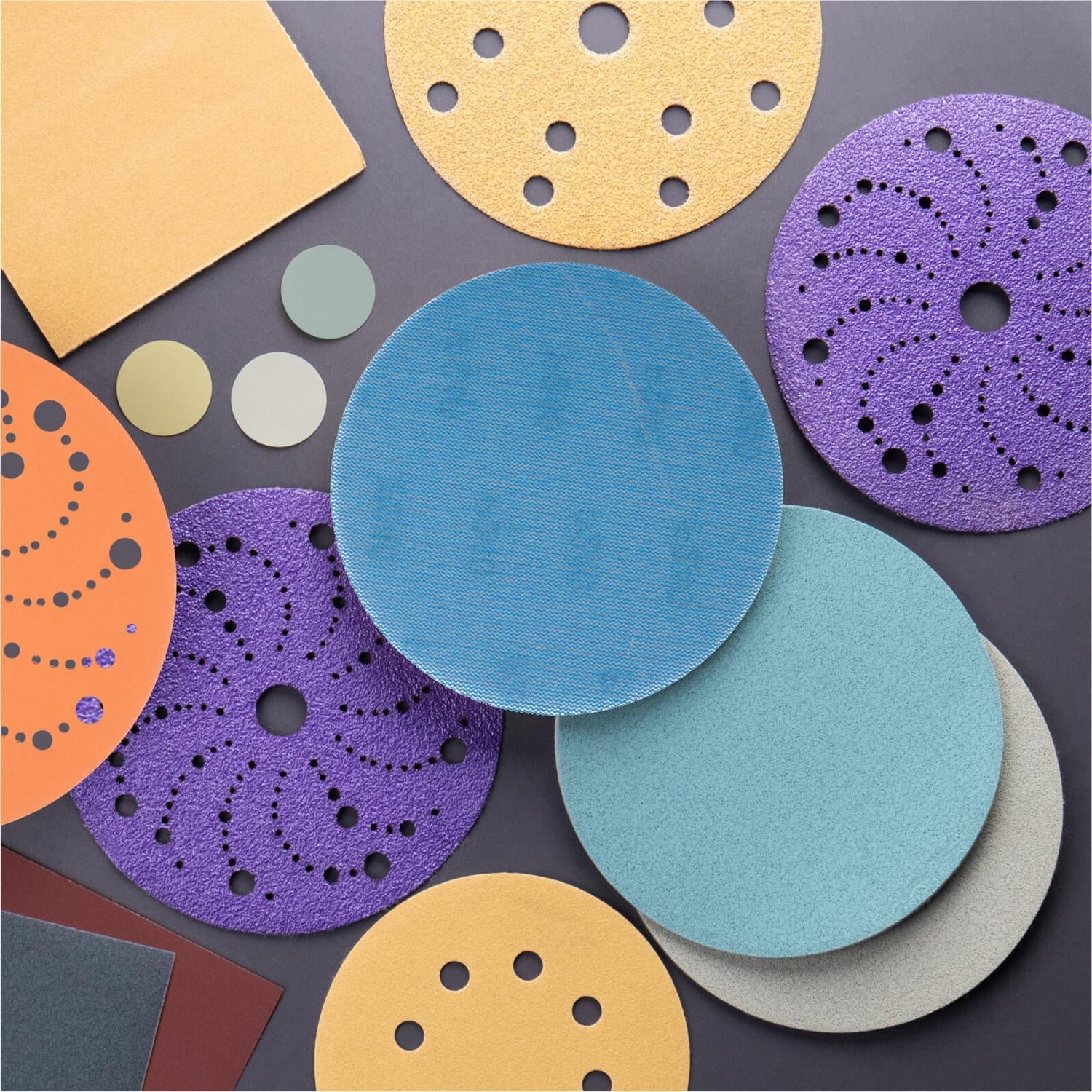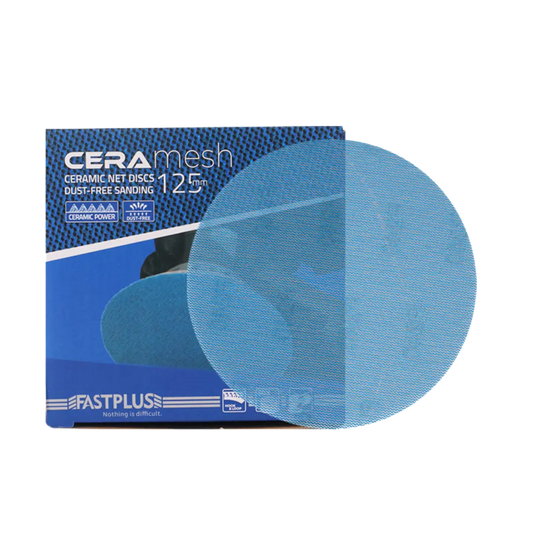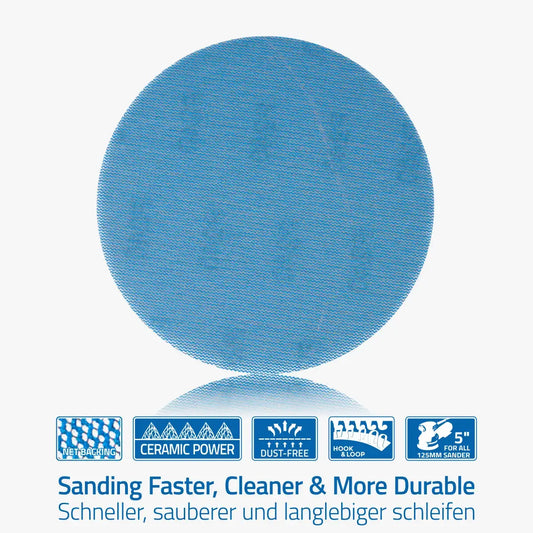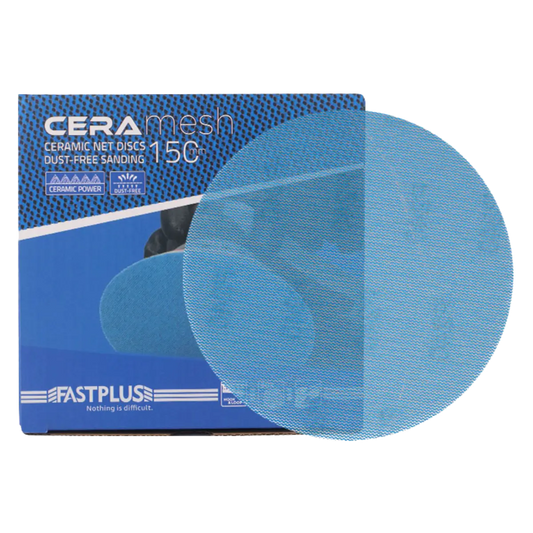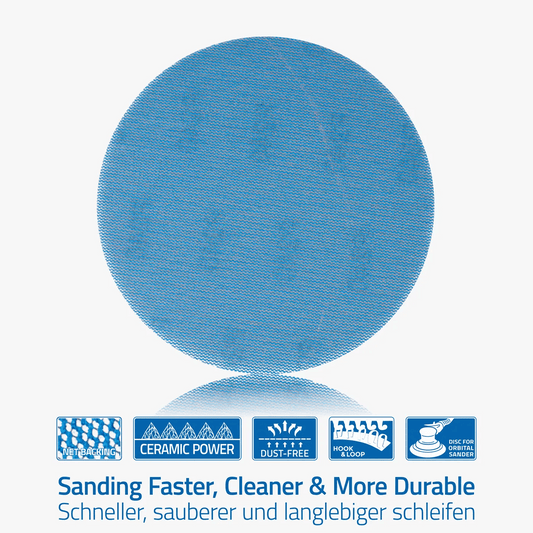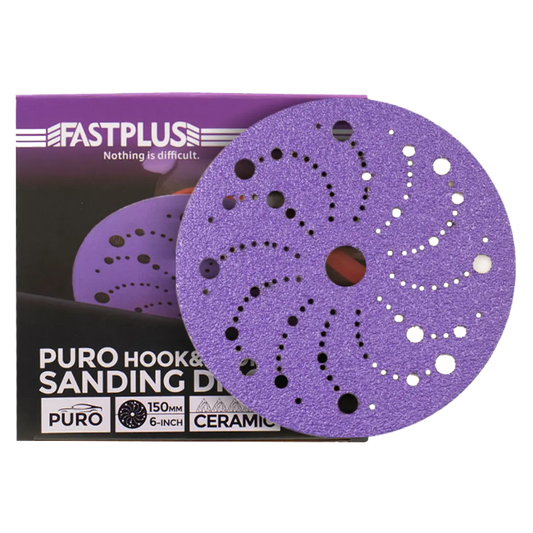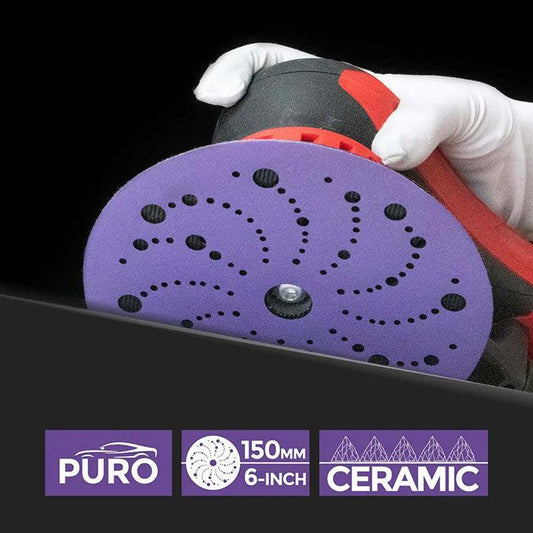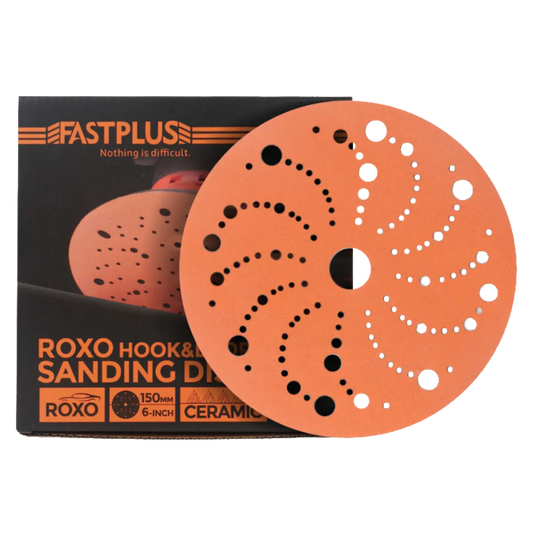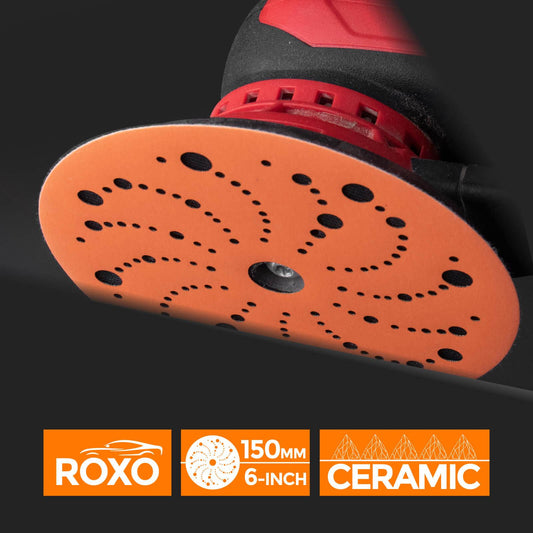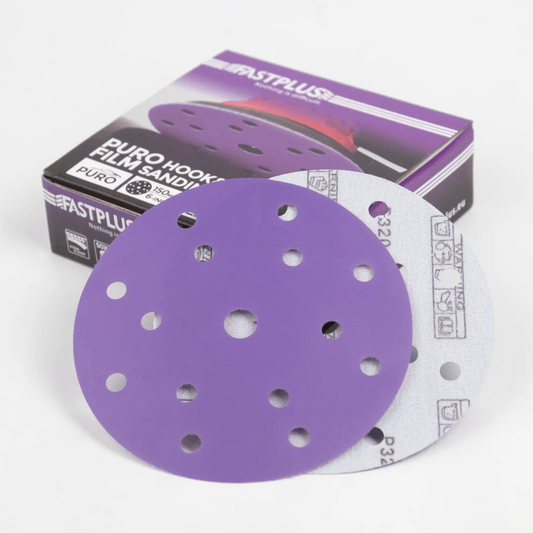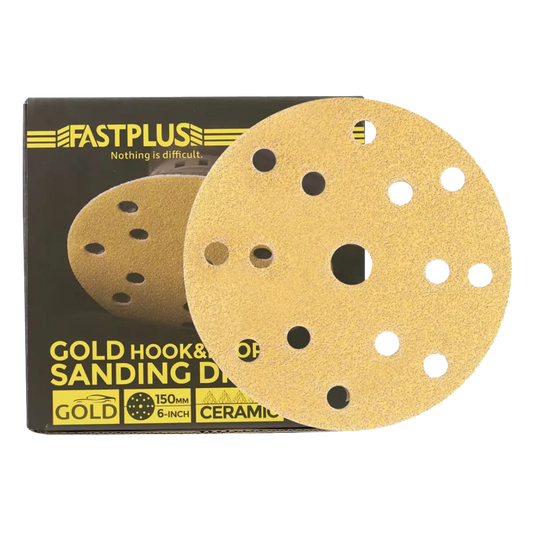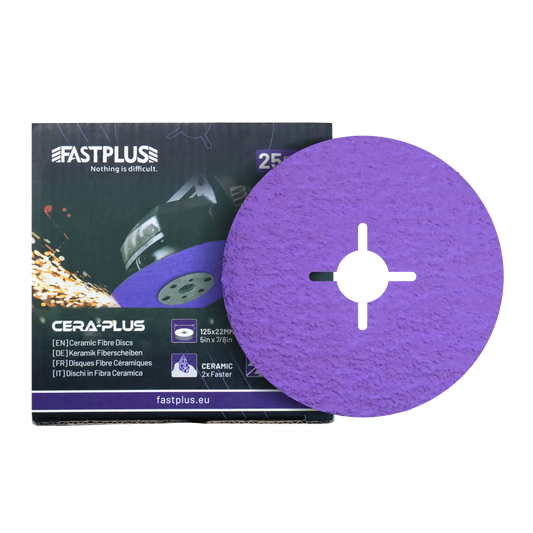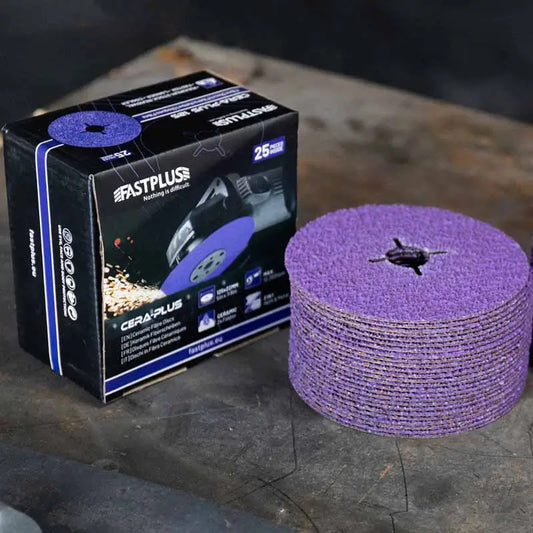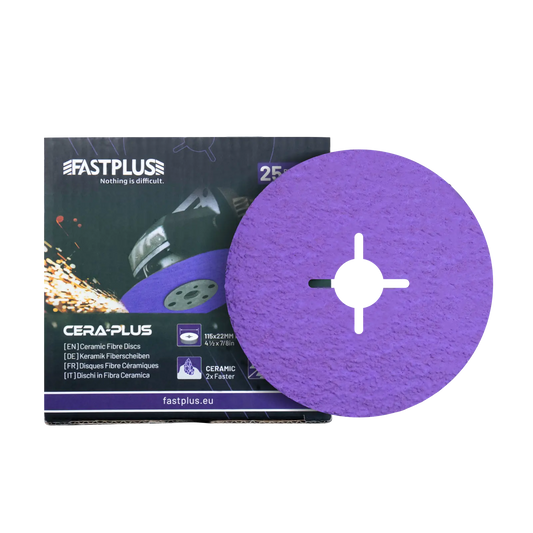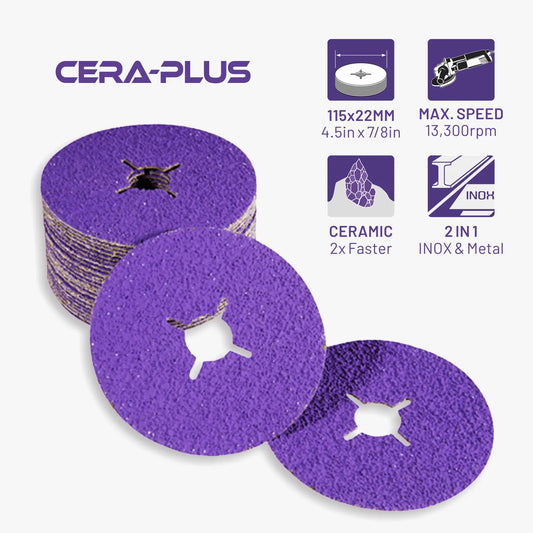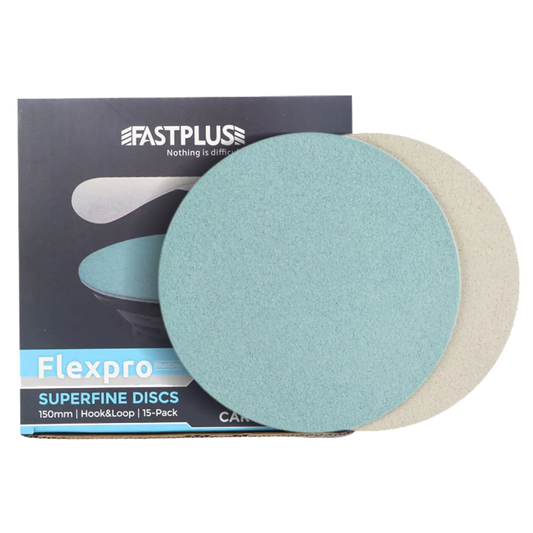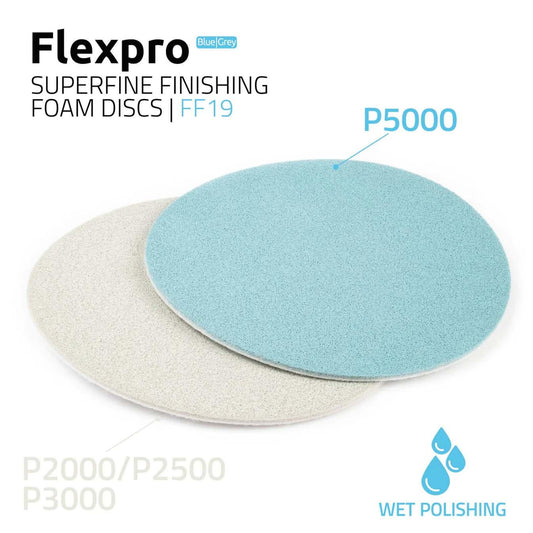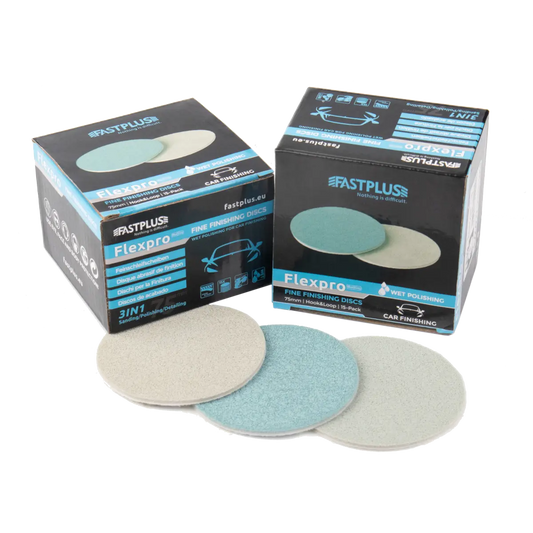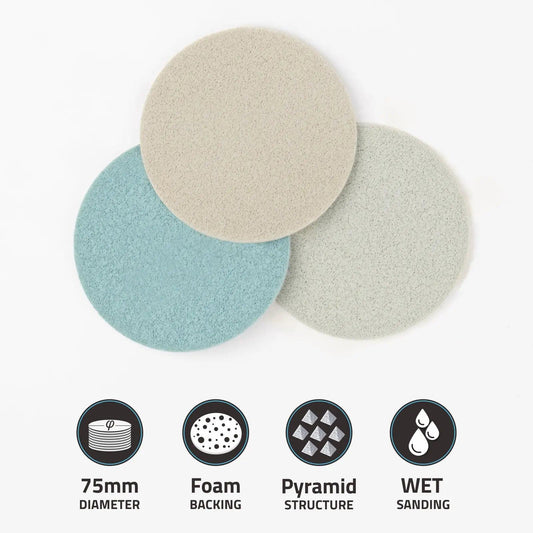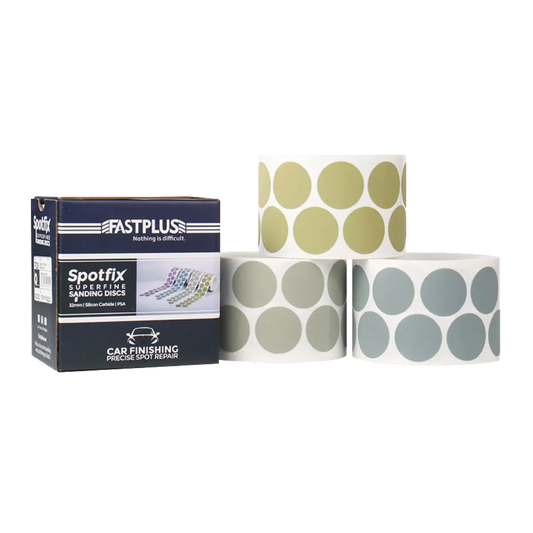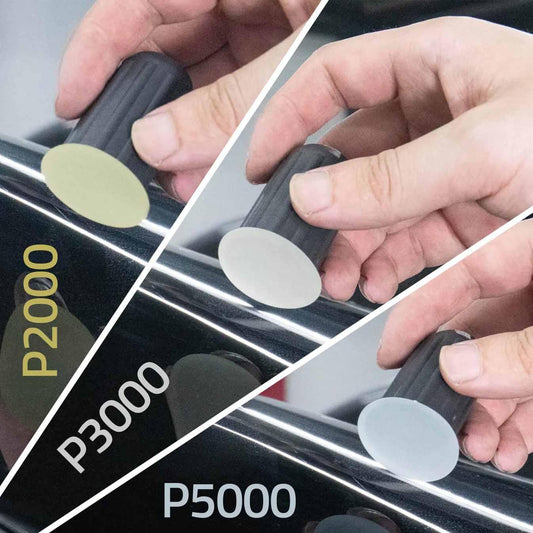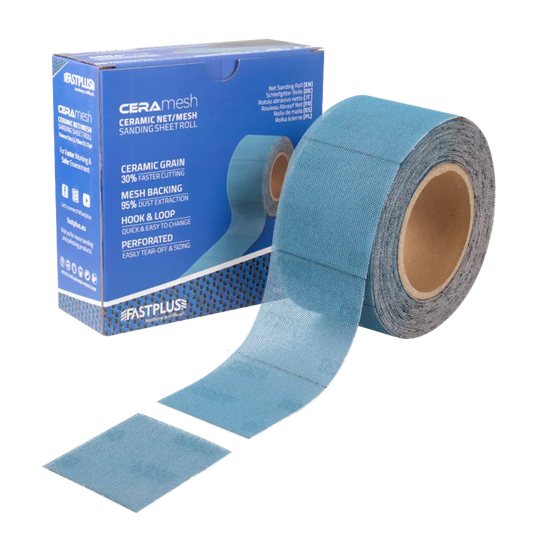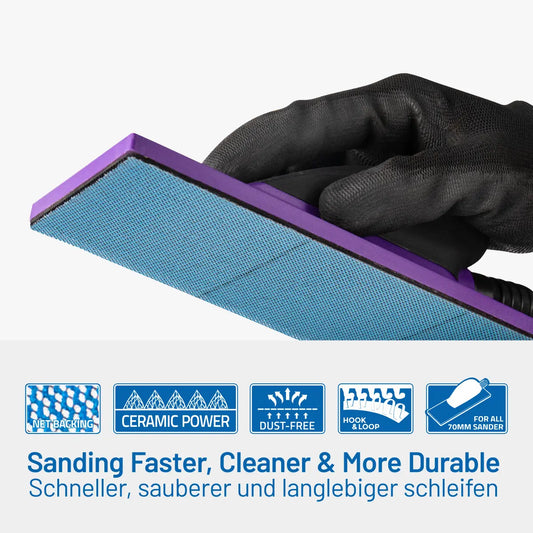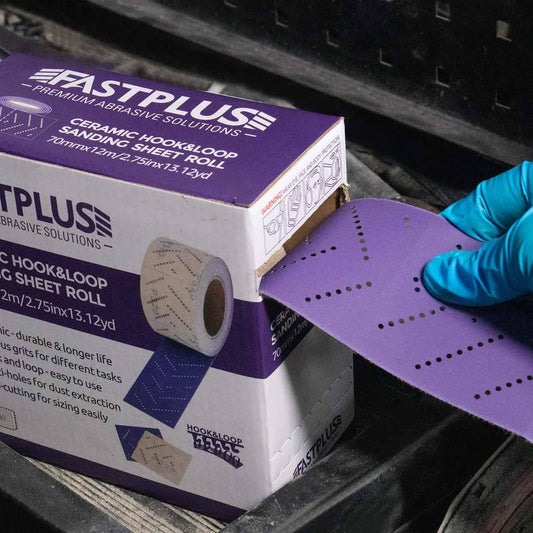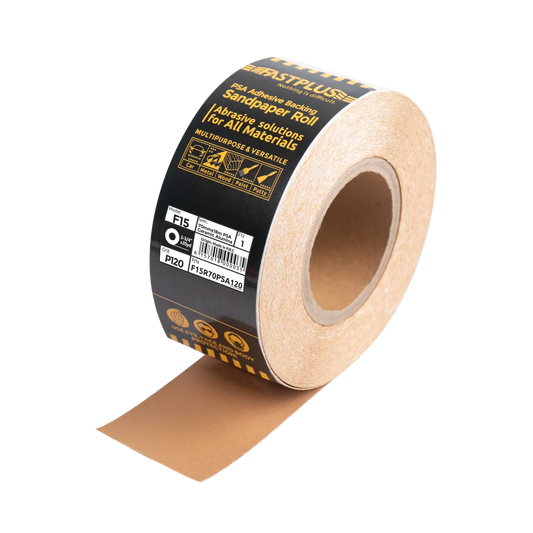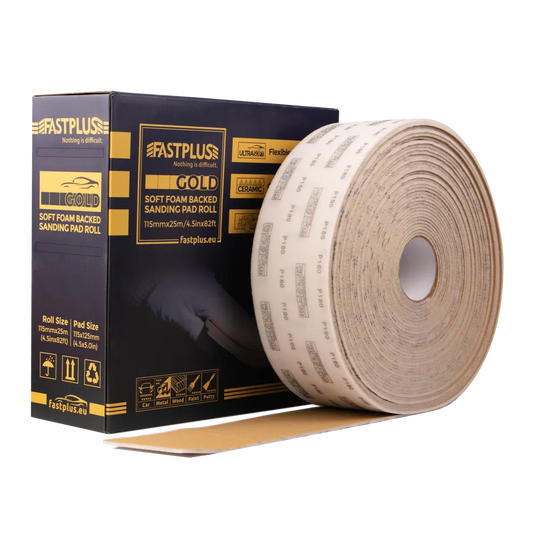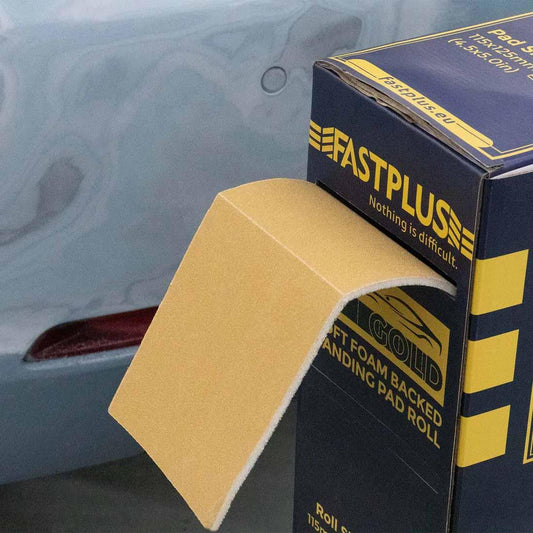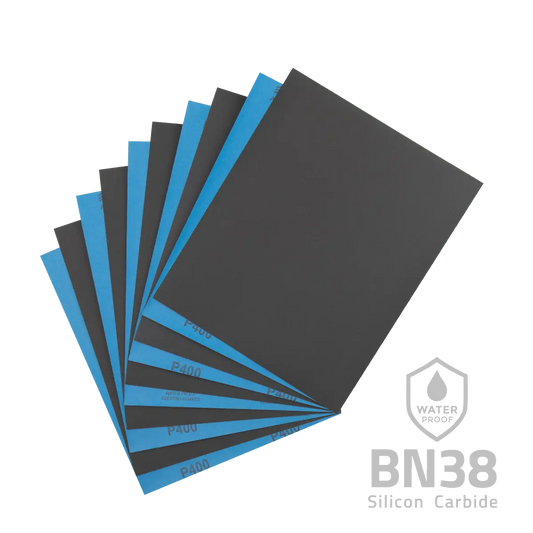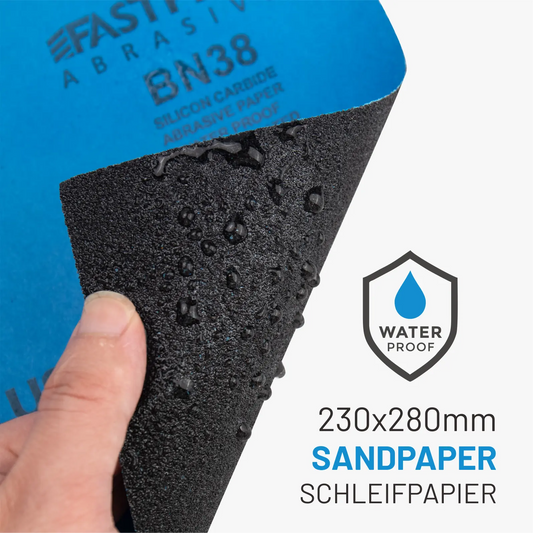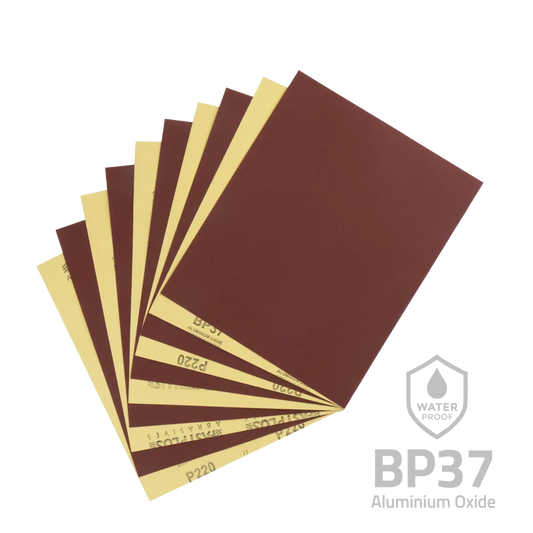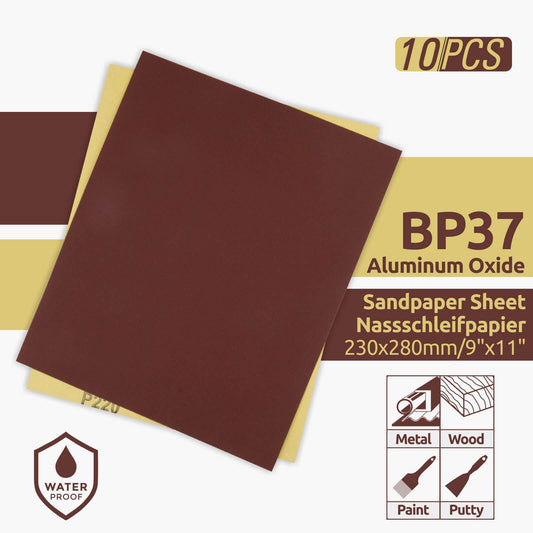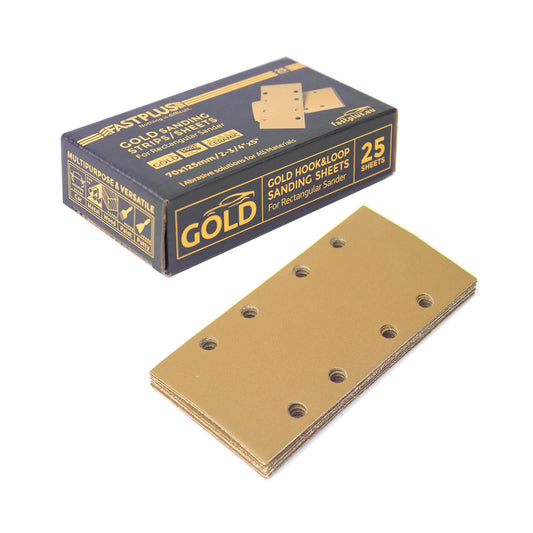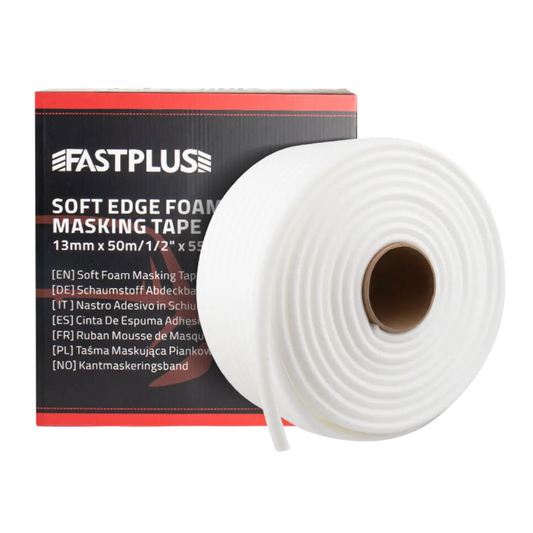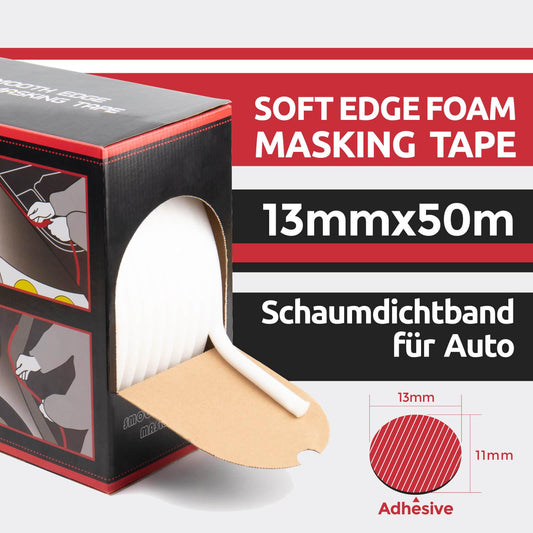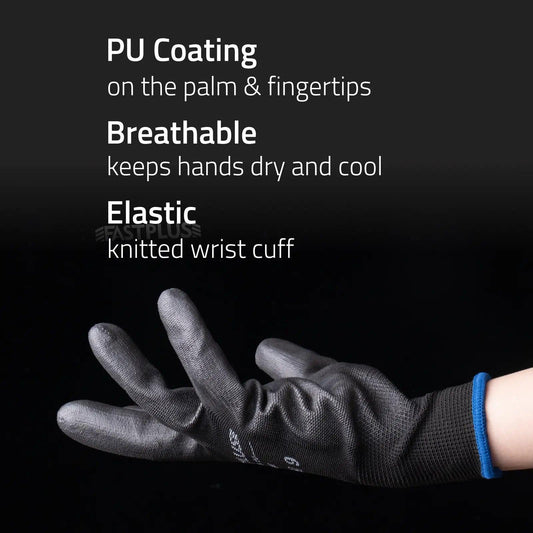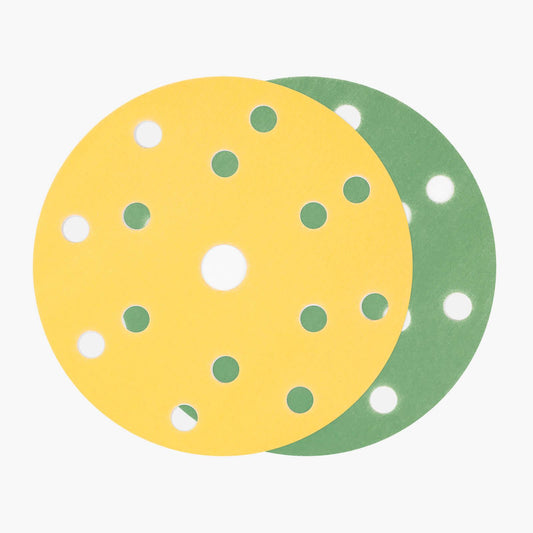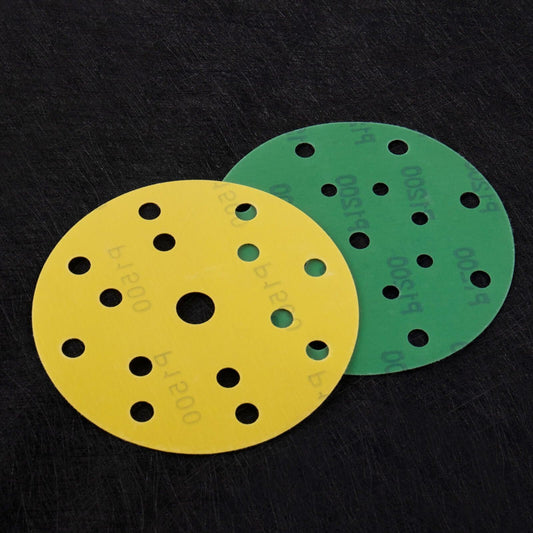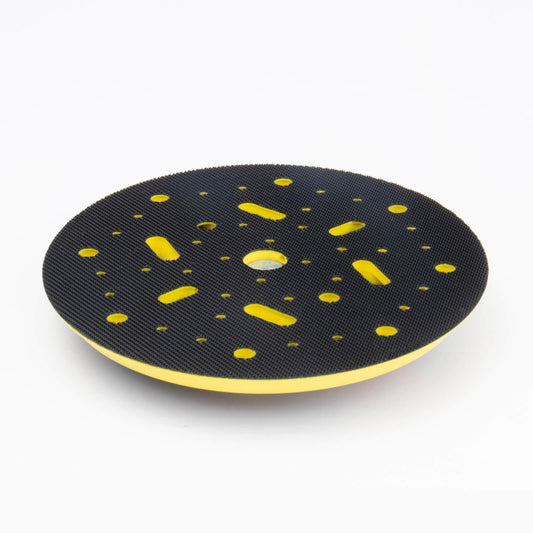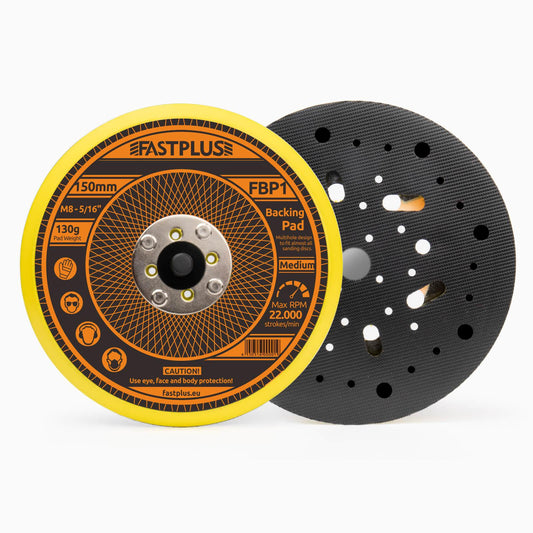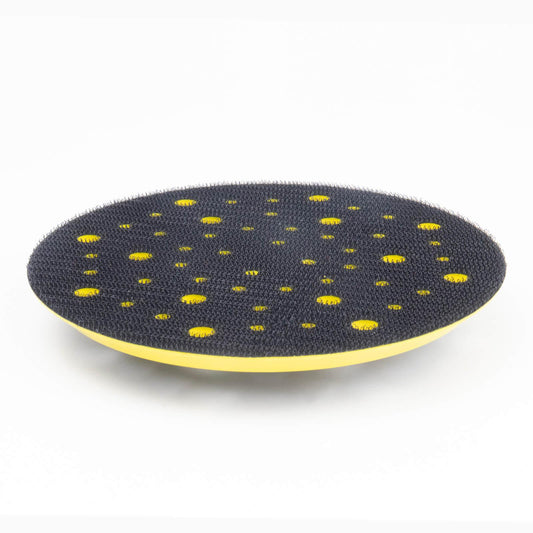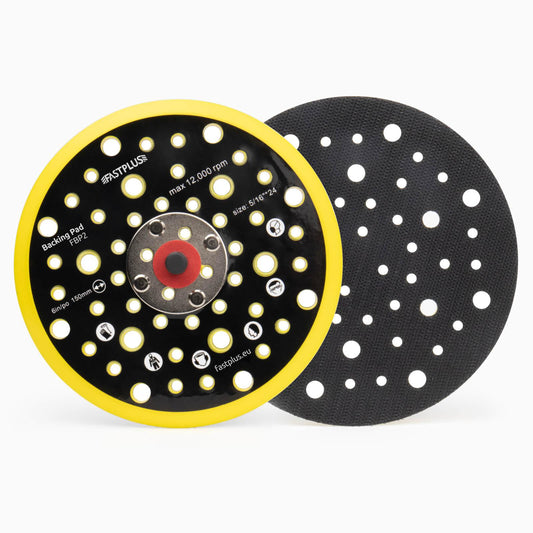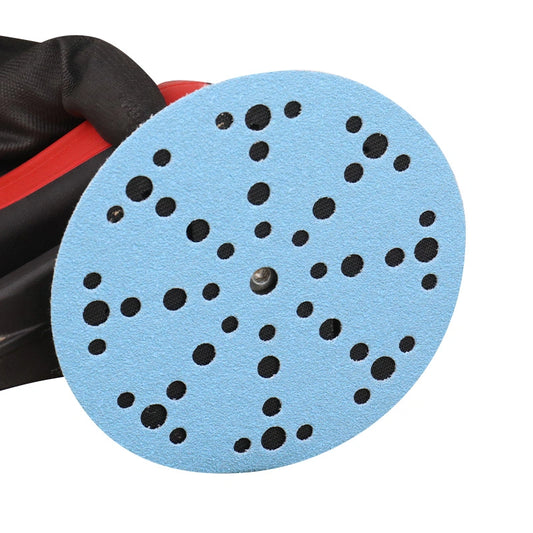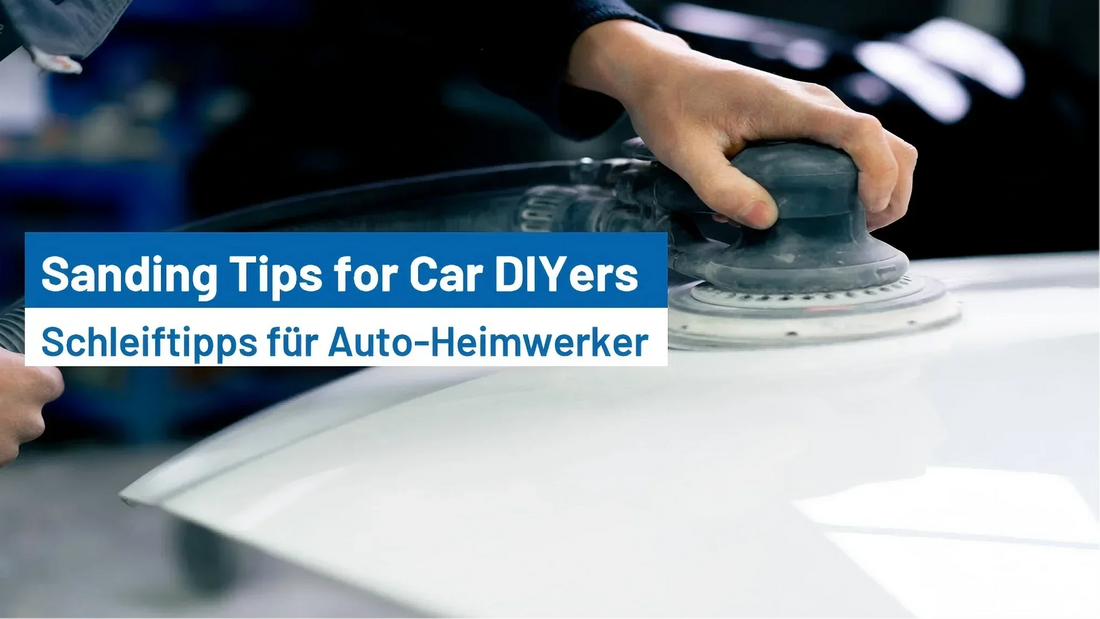
4 Sanding Tips for Beginner Automotive DIYers
Sanding is one of the most crucial steps in any automotive DIY project. Whether you're repainting your car, fixing a dent, or restoring an old classic, proper sanding ensures that your work looks professional and lasts longer. But if you're just starting out, the process can seem overwhelming—how do you know what grit to use? What tools should you buy? And how do you avoid rookie mistakes?
Don't worry! In this guide, we'll break down 4 essential sanding tips that every beginner automotive DIYer needs to know. With these tips, you'll save time, avoid frustration, and get smoother, more impressive results. Let's dive in! 🛠️

Tip #1: Choose the Right Sandpaper Grit 📏
The first rule of sanding is knowing which grit sandpaper to use for each stage of your project. Grit refers to the coarseness of the abrasive material. The higher the number, the finer the grit.
Here’s a quick breakdown of common grit levels used in automotive work:
- 80–120 grit: Used for removing rust, paint, or heavy imperfections from metal surfaces. This is your starting point for rough bodywork.
- 180–240 grit: Ideal for smoothing filler like Bondo and preparing primed surfaces for further sanding.
- 320–400 grit: Prepping surfaces before primer or paint. These grits help feather edges and eliminate scratches from coarser grits.
- 600–1000 grit: Wet sanding between primer coats or before final paint. Helps achieve a glassy finish.
- 1200–2000+ grit: Final wet sanding to remove orange peel, dust nibs, or paint runs before buffing and polishing.
Pro Tip: Always start with a coarser grit and work your way up to a finer one. Skipping grits can leave deep scratches that show through your final paint job. 🧐
Tip #2: Use the Right Tools for Each Surface 🔧
Different tools are suited for different sanding jobs. Don't rely on your hands alone—investing in the right sanding tools will save time and give you a more consistent finish.
Hand Sanding:
Use hand sanding for small, detailed areas like door handles, tight corners, or curves. A sanding block helps distribute pressure evenly and avoids gouges, while sandpaper rolls allow you to cut the exact length needed for your block, reducing waste and improving flexibility on curved surfaces.
Recommended Products:
- PURO Sanding Block with Velcro backing – Perfect for controlled hand sanding on curved automotive panels.
- PURO Sandpaper Roll – Easily cut to size for sanding blocks, great for both straight and contoured surfaces.
Power Sanders:
When working on larger areas like doors, hoods, or quarter panels, use an orbital or dual-action (DA) sander. These tools are faster and deliver even pressure.
Recommended Tool Types:
- Orbital Sander (random orbit): Great for finishing work.
- DA Sander: Combines spinning and orbital movement—ideal for blending body filler and primer.
Sanding Discs:
Choose hook & loop sanding discs compatible with your sander. For dust-free work, opt for multi-hole ceramic discs that offer longer life and better airflow.
Example:
PURO 150mm Ceramic Sanding Discs – With 119 holes for top-tier dust extraction and clog resistance.
Tip #3: Always Sand in Stages – Be Patient 🕰️
Good sanding is not a one-and-done process. It’s a multi-stage procedure, and skipping steps will show in your final finish. Each layer—whether it's metal, filler, primer, or paint—requires its own sanding process.
Step-by-Step Sanding Guide:
-
Bare Metal Prep
Start with 80-grit sandpaper to remove old paint or rust. Then move up to 120-grit to smooth the metal surface, preparing it for body filler application. -
Body Filler Shaping
Once the filler has cured, begin shaping with 80 to 120 grit sandpaper. Follow up with 180 to 240 grit to feather edges and create smooth transitions. -
Primer Sanding
Use 320 to 400 grit sandpaper to level the primer surface and fix imperfections. Then wet sand with 600 to 800 grit to achieve a smooth, paint-ready finish. -
Paint Finish Sanding (Optional but Rewarding)
If the paint surface shows orange peel or dust spots, wet sand gently with 1200 to 2000 grit sandpaper. Finish by buffing with polishing compound and pads for a glossy, showroom shine.
Important: Always clean surfaces between sanding stages. Dust or grit left behind can scratch the next layer. Use tack cloths and compressed air to clean thoroughly.

Tip #4: Don’t Skip Wet Sanding 🌊
Wet sanding is a technique that uses water as a lubricant to reduce friction and heat, helping achieve ultra-smooth finishes. It’s most commonly used before final painting or between clear coat layers.
Why Wet Sand?
- Prevents clogging of abrasive material
- Reduces heat build-up, avoiding burns or damage
- Delivers finer, smoother sanding lines
- Minimizes airborne dust
How to Wet Sand:
- Use waterproof sandpaper labeled "wet/dry."
- Soak the paper in clean water for 15 minutes before use.
- Add a few drops of dish soap to the water to increase lubrication.
- Sand gently in straight lines, not circles.
- Wipe away residue regularly to check progress.
Best Grits for Wet Sanding:
Start with 600 or 800, then move to 1000, 1500, and finally 2000 grit for polishing prep.
Pro Tip: Wrap your sandpaper around a sponge or rubber block for consistent pressure. Never use your bare fingers—they create uneven sanding patterns that are visible under paint.
Bonus Tips for First-Timers ✨
1. Don’t Rush
The biggest mistake beginners make is being impatient. Take your time at each sanding stage—especially on filler and primer. Your final paint job will only be as good as the surface underneath.
2. Keep It Clean
Wipe your panels with a wax & grease remover before each sanding or painting stage. This avoids contamination that could cause paint failure or fisheyes.
3. Stay Protected
Sanding kicks up harmful dust particles—especially from filler and paint. Always wear a dust mask or respirator, goggles, and gloves when sanding.
4. Practice on a Test Panel
If this is your first automotive sanding job, practice on an old car panel or scrap metal first. This helps you get a feel for the tools and materials before working on your actual vehicle.
Must-Have Sanding Supplies for Automotive DIYers 🧰
Here’s a checklist of basic materials every beginner should keep in their garage:
| Item | Purpose |
|---|---|
| Assorted Sandpaper Grits (80–2000) | For every sanding stage |
| Sanding Block | Hand sanding on small or curved areas |
| Dual-Action Sander | Fast, uniform sanding on panels |
| Sanding Discs (hook & loop) | Use with DA sanders for convenience |
| Wet/Dry Sandpaper Sheets | Wet sanding for smooth finishes |
| Tack Cloth | Removes fine dust between sanding |
| Spray Bottle or Water Bucket | For wet sanding lubrication |
| Respirator Mask | Safety from dust and fumes |
Conclusion: Smooth Surfaces = Pro Results
Sanding might not be the most glamorous part of a car project, but it’s absolutely essential for getting high-quality, professional-looking results. Whether you’re prepping for primer, blending in body filler, or smoothing your clear coat, following the right sanding techniques can transform a beginner job into something that turns heads.
So, gear up with the right abrasives, work through each stage patiently, and trust the process. Your car (and everyone who sees it) will thank you! 🚘💪

Have more questions about sandpaper types or tools?
Check out our blog archive for more sanding tips and product guides — or explore our full range of PURO sanding discs, rolls, and sheet designed for automotive perfection.
